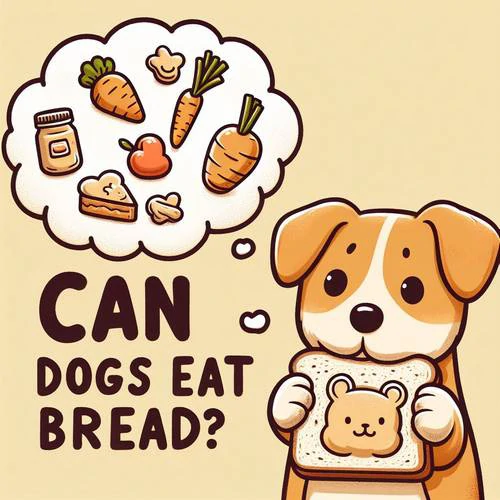Lack of Nutritional Value
Feeding bread to dogs can lead to a lack of nutritional value in their diets. Bread typically lacks essential nutrients that dogs need for optimal health, such as proteins, vitamins, and minerals. Instead, it often contains high levels of carbohydrates and additives that may not be beneficial for dogs. Over time, relying on bread as a significant part of a dog's diet can contribute to nutritional deficiencies and potential health issues. It's important for dog owners to prioritize balanced and nutritious meals specifically tailored to meet their pets' dietary needs.
Potential Digestive Issues
Giving bread to dogs can lead to potential digestive issues. Since bread is often high in carbohydrates and gluten, it can be challenging for dogs to digest, especially those with sensitivities or allergies. Common digestive problems include bloating, gas, diarrhea, and stomach discomfort. These issues can be more pronounced if the bread contains additives like sugar, spices, or artificial ingredients. It's crucial for dog owners to be mindful of these risks and consider healthier alternatives or consult with a veterinarian before introducing bread into their pet's diet.
Allergic Reactions
Some dogs may experience allergic reactions to bread, especially if they are sensitive to certain ingredients like wheat or gluten. Common symptoms of bread allergies in dogs include itching, skin rashes, digestive upset, and in severe cases, breathing difficulties. It's important for pet owners to be aware of these potential reactions and to consult with a veterinarian if they suspect their dog is having an allergic response to bread or any other food.



